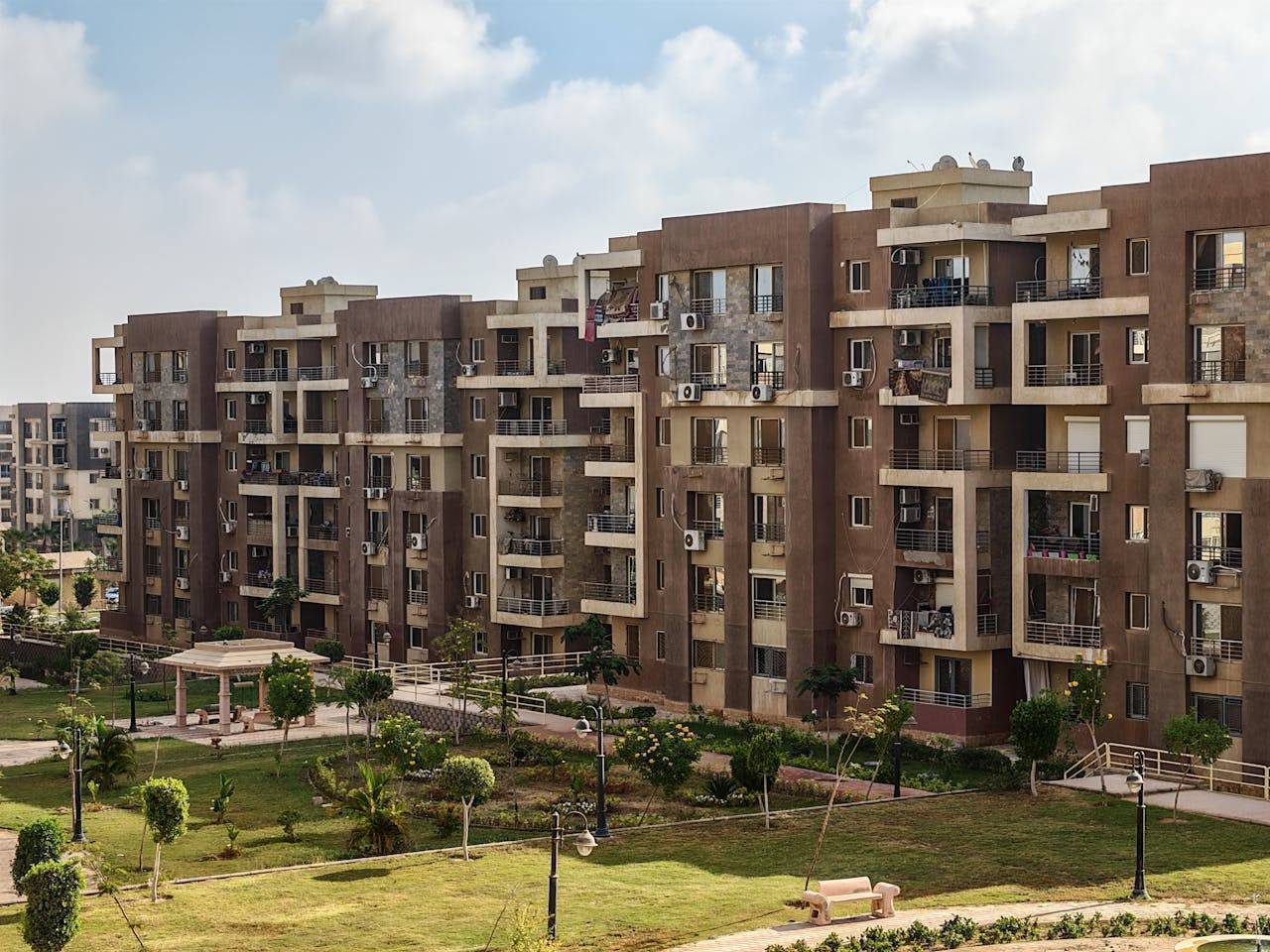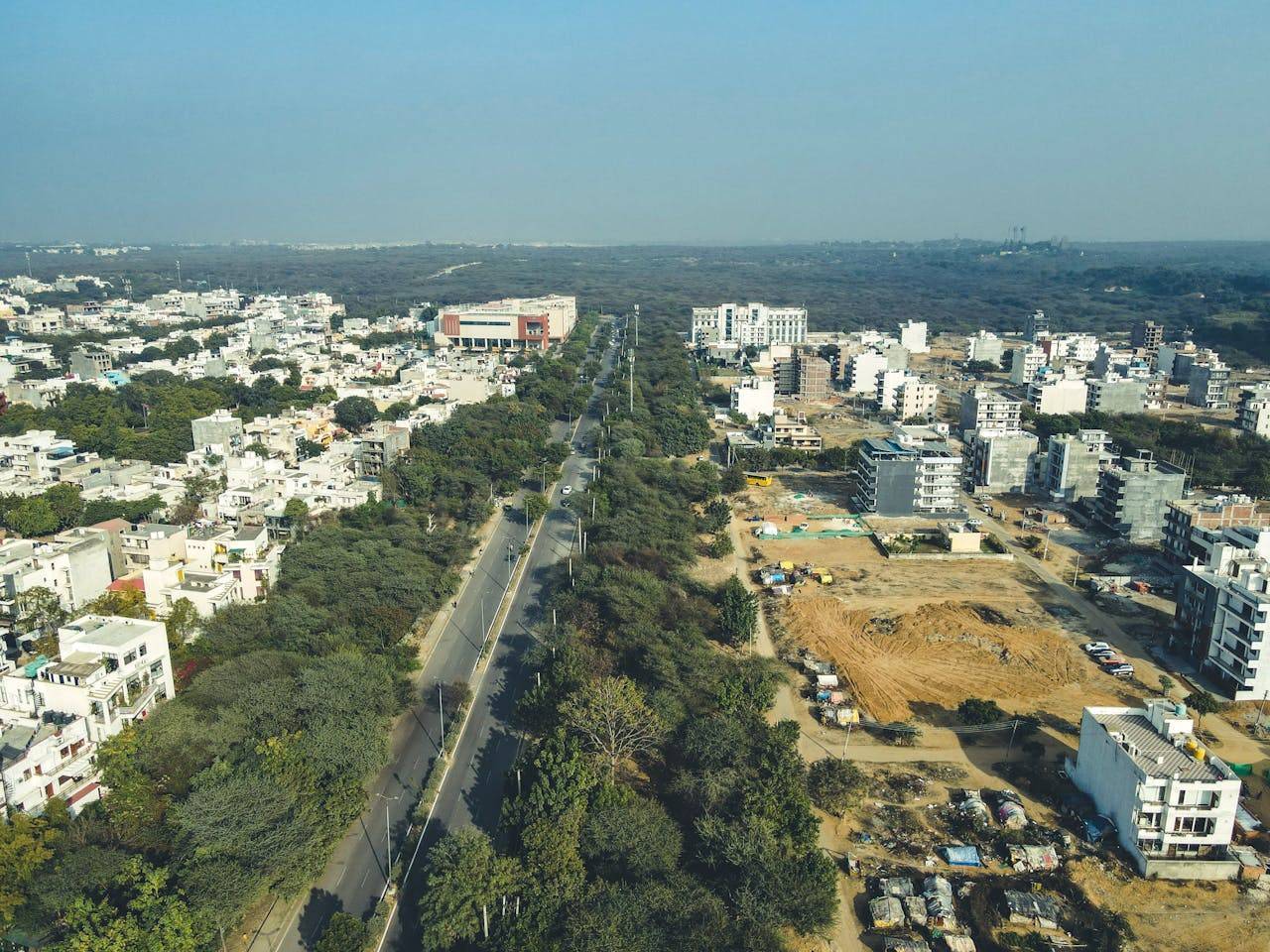India's real estate sector witnessed a substantial surge in equity inflows during the first quarter of 2025, reaffirming investor confidence in the country’s property market despite prevailing global economic uncertainties. According to the latest “Market Monitor Q1 2025 – Investments” report released by CBRE South Asia Pvt. Ltd., equity investments in Indian real estate touched USD 2.9 billion, representing a 74 per cent year-on-year (YoY) growth when compared to Q1 2024. The inflows also marked a 13 per cent sequential increase over the previous quarter.
This sharp uptick has been attributed to heightened activity by real estate developers, sustained interest from institutional investors, and growing participation from Real Estate Investment Trusts (REITs). Notably, the robust performance during Q1 2025 builds on a series of strong quarters, reflecting structural shifts in investor strategies and renewed momentum in asset-backed capital deployment.
Understanding Equity Inflows in Real Estate
Equity investments in real estate involve providing capital to real estate developers or asset owners in exchange for ownership stakes. This capital is used either for project development, asset acquisition, or portfolio expansion. The investors may range from private equity firms, sovereign wealth funds, pension funds, and corporate groups, to REITs and investment banks.
Key Drivers: Land Acquisitions and Office Assets
A significant share of the equity inflows was driven by land acquisitions and transactions in office assets, together accounting for approximately 74 per cent of the total capital deployed during the quarter. These categories continue to be central to institutional investment strategies, offering long-term rental yield prospects and capital appreciation potential.
The retail segment, while smaller in share, recorded a 13 per cent quarter-on-quarter increase, contributing 5 per cent to the overall equity inflow. This growth is attributed to REITs expanding their exposure to retail real estate assets, particularly in metros and tier-I cities, where consumption patterns and footfall are witnessing a resurgence.
Regional Highlights: Bengaluru, Mumbai, and Delhi-NCR Lead
In terms of geographical distribution, Bengaluru, Mumbai, and Delhi-NCR emerged as the top destinations, jointly attracting 67 per cent of the total inflows. These cities continue to offer a robust ecosystem for both commercial and residential real estate investments, backed by infrastructure improvements, strong tenant demand, and deep developer networks.
The report further reveals that developers accounted for 46 per cent of the equity investments during Q1, reaffirming their central role in driving project-level capital deployment. Meanwhile, REITs captured 23 per cent of the quarterly equity inflows, highlighting rising interest in stabilized income-generating assets such as commercial office spaces, retail centers, and mixed-use developments.
CBRE’s Chairman & CEO for India, South-East Asia, Middle East & Africa, Anshuman Magazine, emphasized the resilience of India’s real estate sector, stating that investor confidence remains high despite global economic headwinds. He noted that evolving occupier needs, coupled with dynamic market trends and structural demand for quality spaces, are keeping investor interest intact across all major asset classes.
CBRE India’s Managing Director of Capital Markets and Land, Gaurav Kumar, added that there is increasing traction towards development assets, especially within the residential and office segments. He highlighted that institutional investors and REITs are becoming more active participants in shaping the next phase of India’s real estate growth, and that capital is beginning to flow into alternative assets such as data centers and healthcare infrastructure.
Upward Momentum Expected to Continue
The report projects that investment activity in Indian real estate will continue on an upward trajectory through the remainder of 2025. Built-up office spaces and warehousing assets are expected to remain major recipients of capital inflows, supported by a growing pipeline of residential and mixed-use projects.
A potential acceleration in the second half of the year is also anticipated, depending on the trajectory of global macroeconomic conditions and how investors choose to deploy capital reserves generated from exit transactions concluded in 2024. Furthermore, tier-I cities and metropolitan hubs are likely to remain the primary centers of real estate equity deployment, given their established infrastructure, regulatory clarity, and sustained demand across asset classes.
As market sentiments continue to improve and more sectors open up for REIT participation and private equity investments, India’s real estate sector is poised to become a more prominent investment destination across the Asia-Pacific region.









.png)